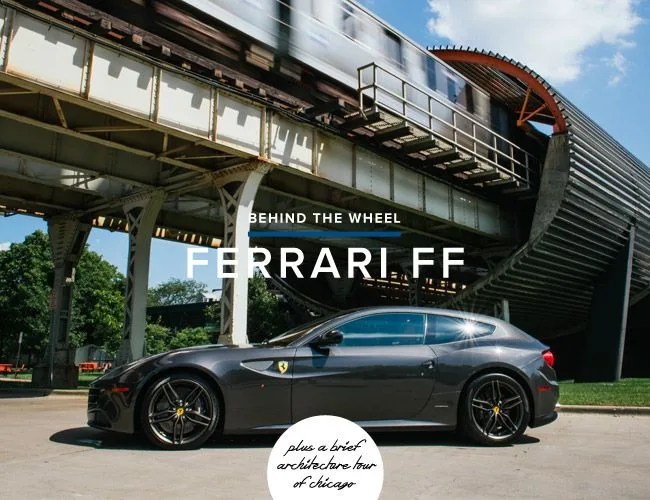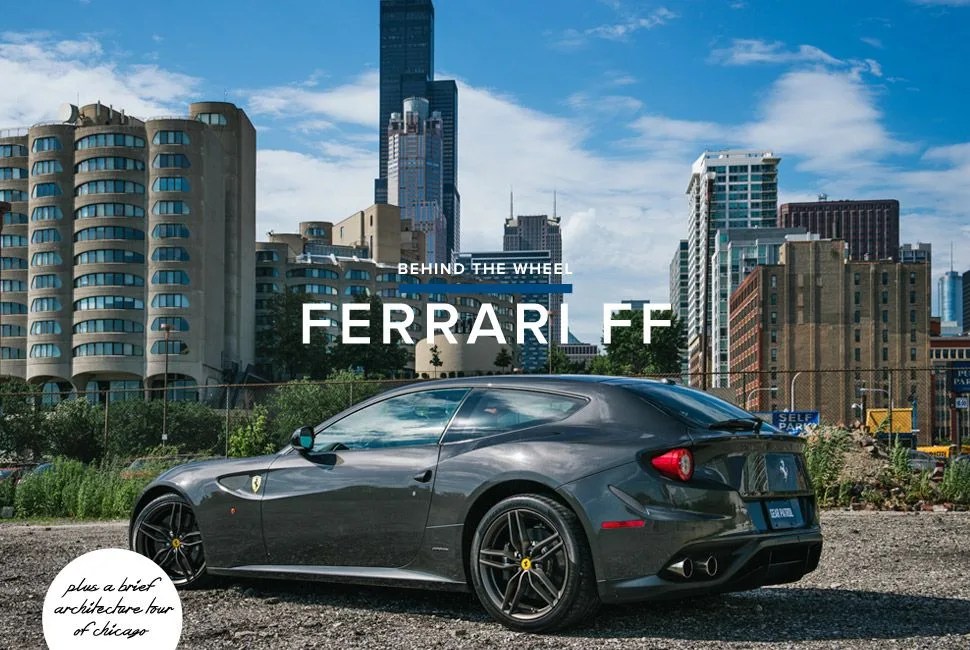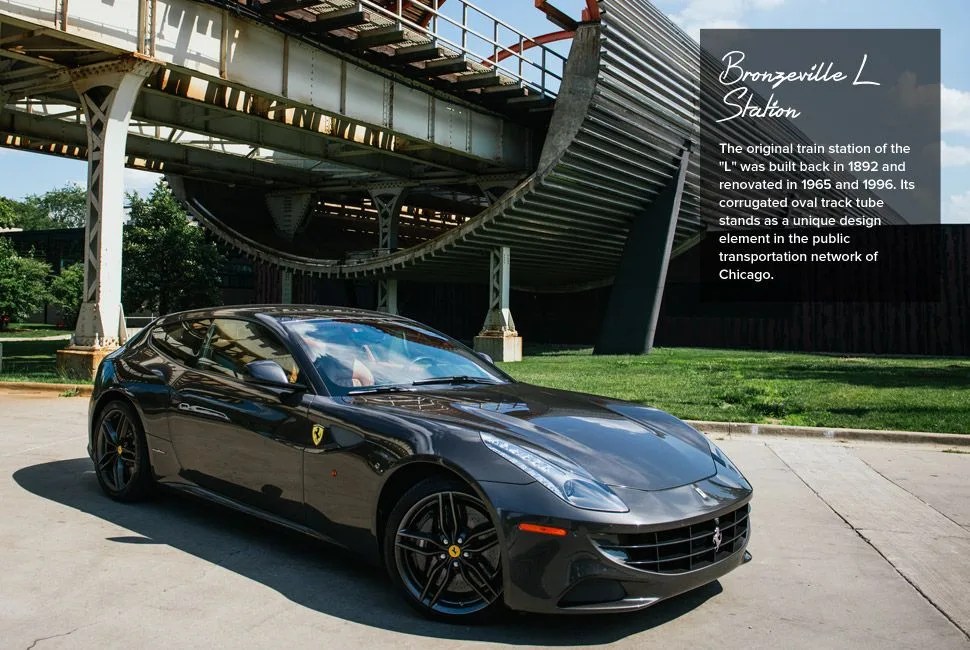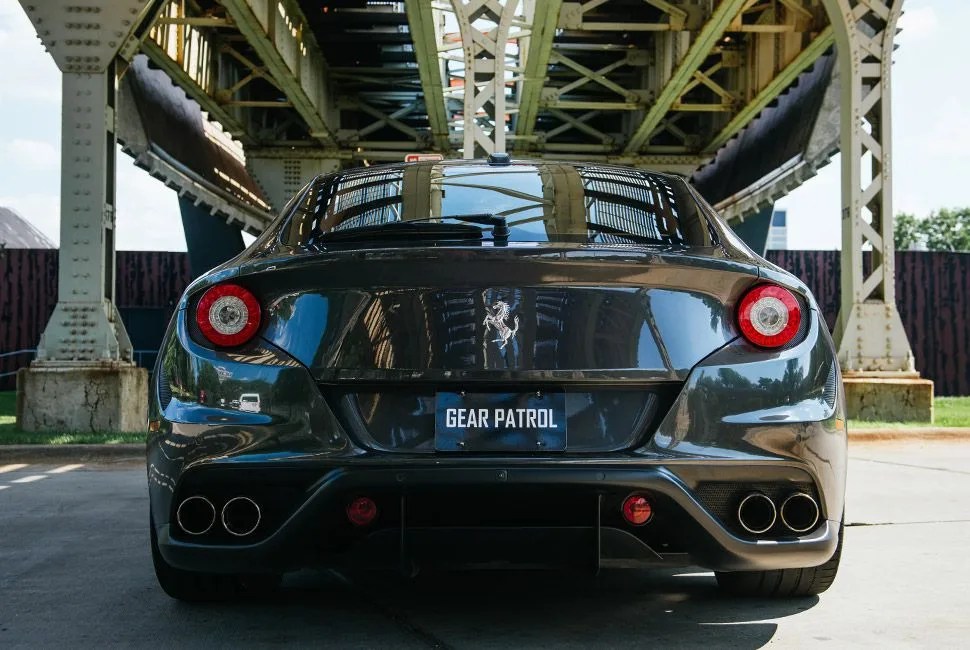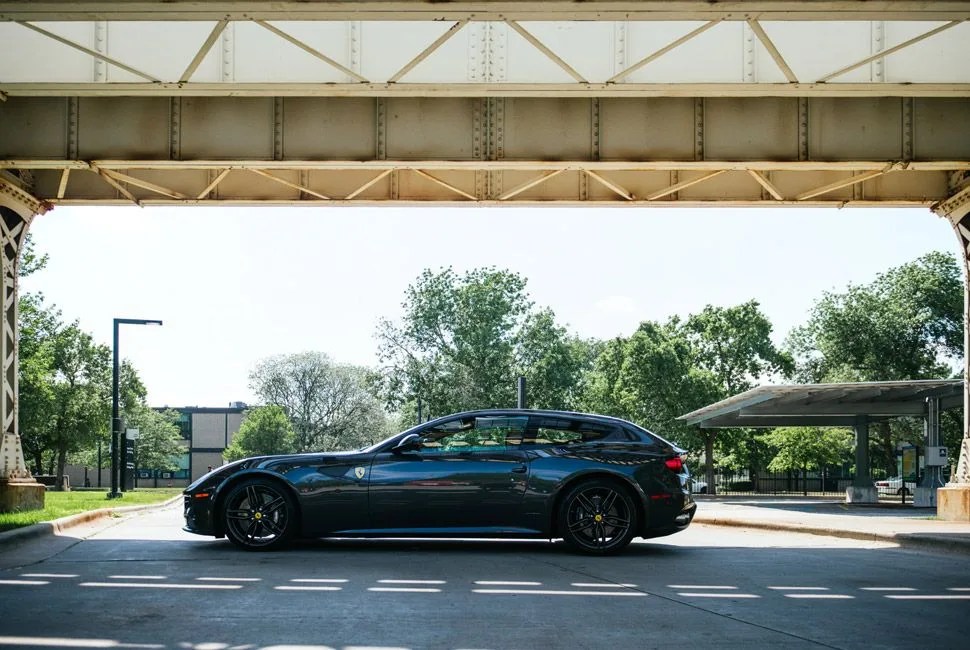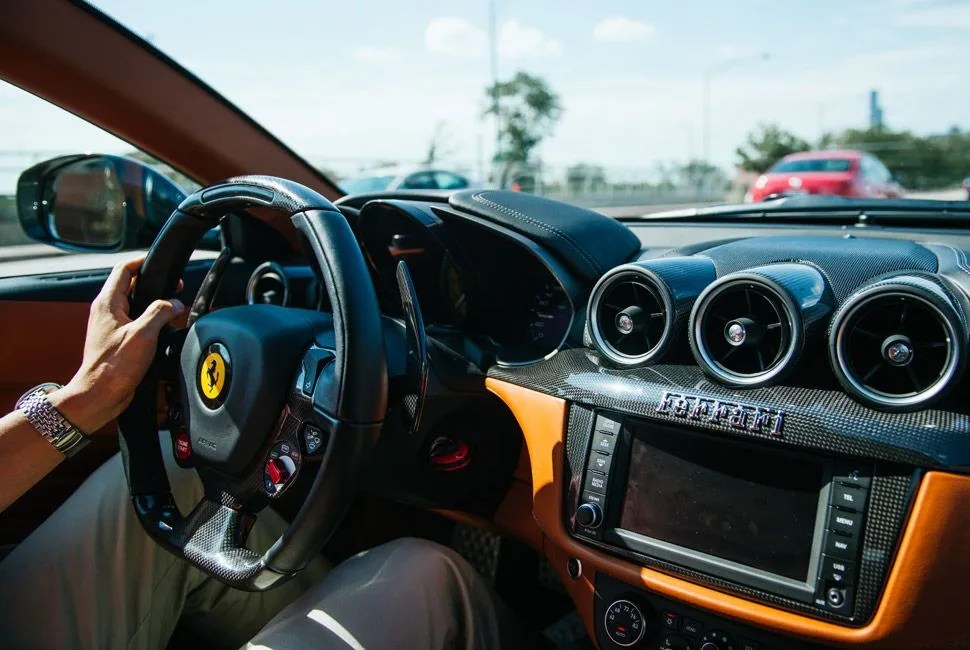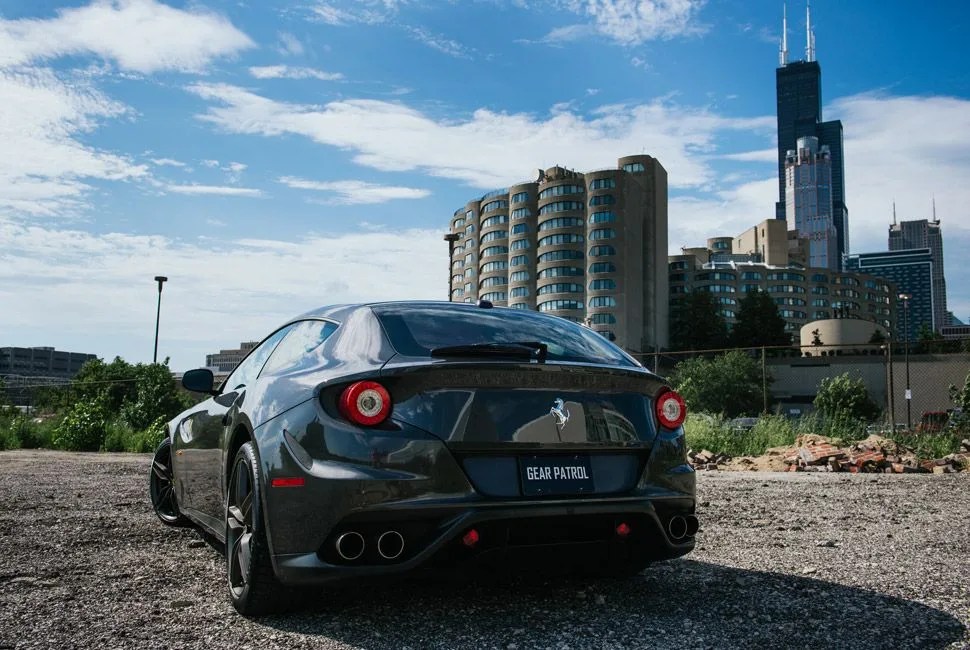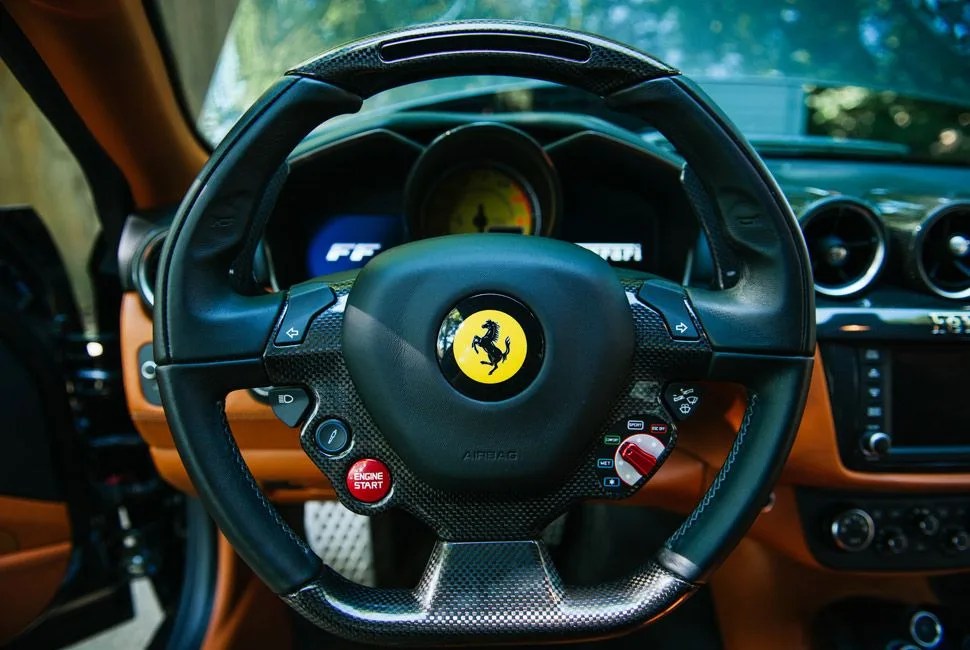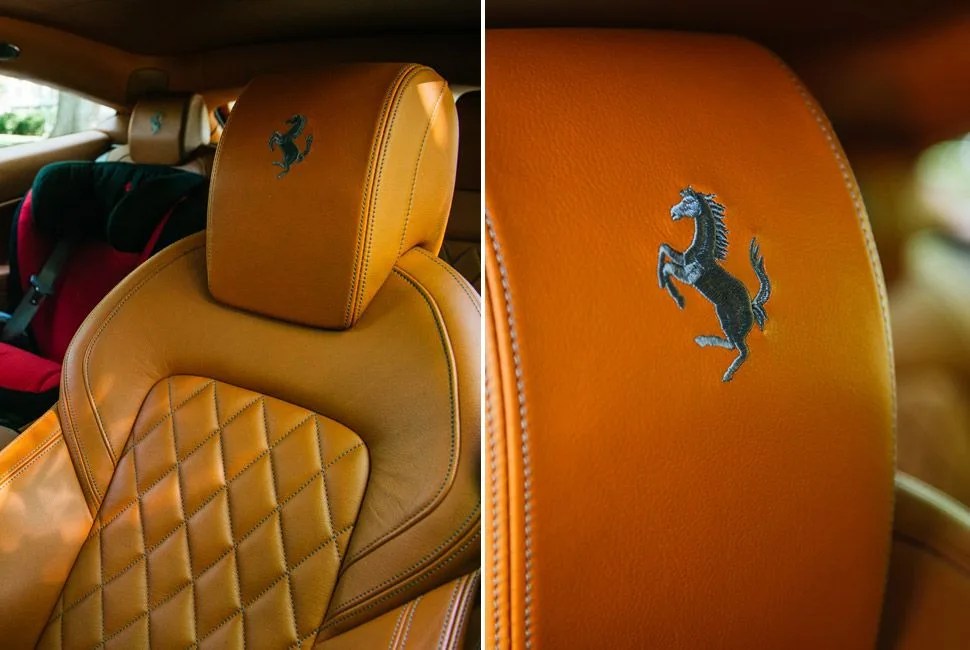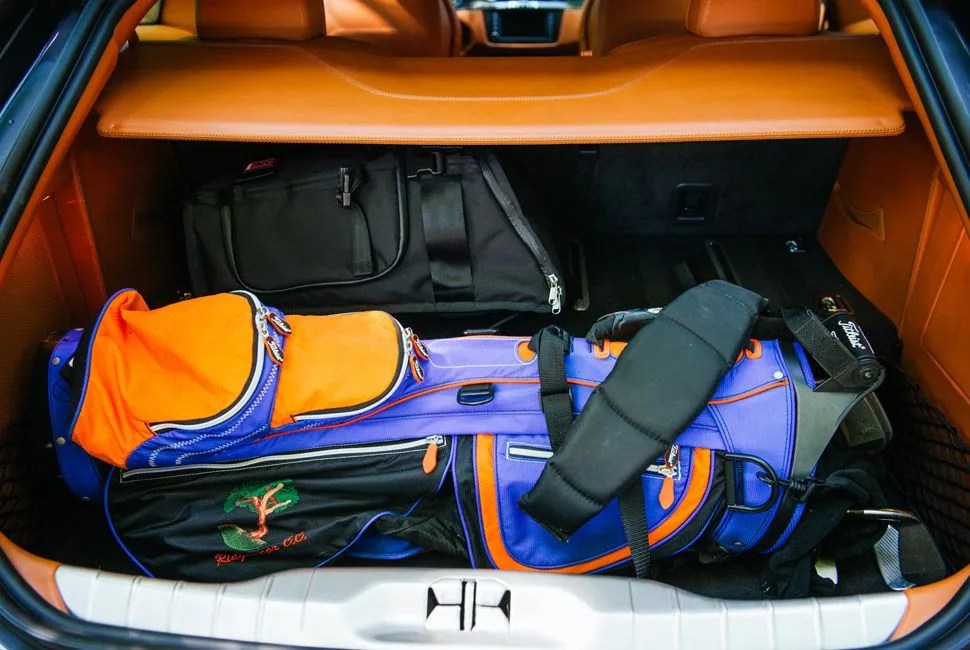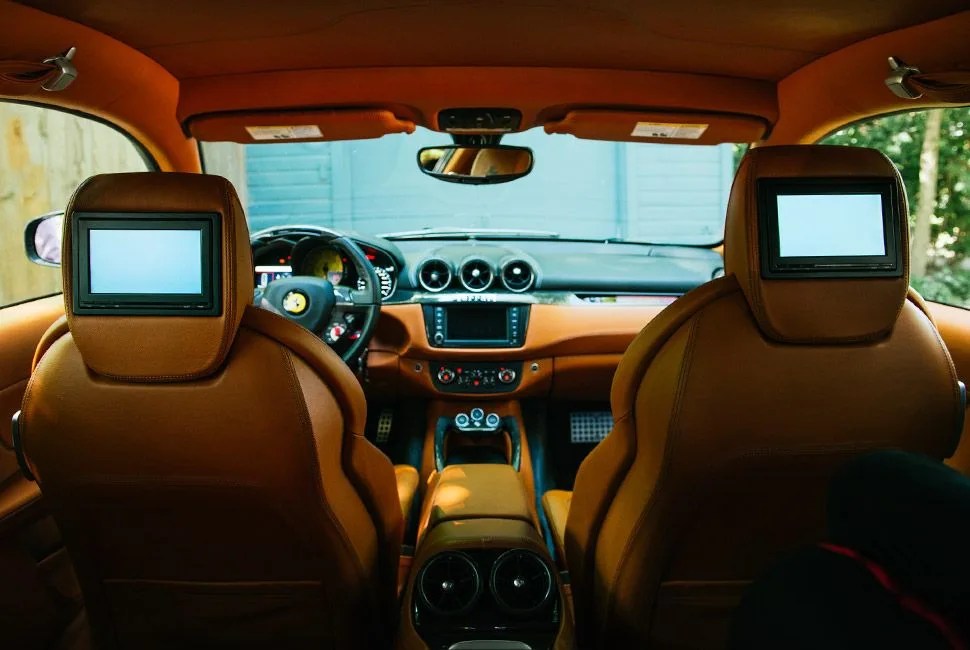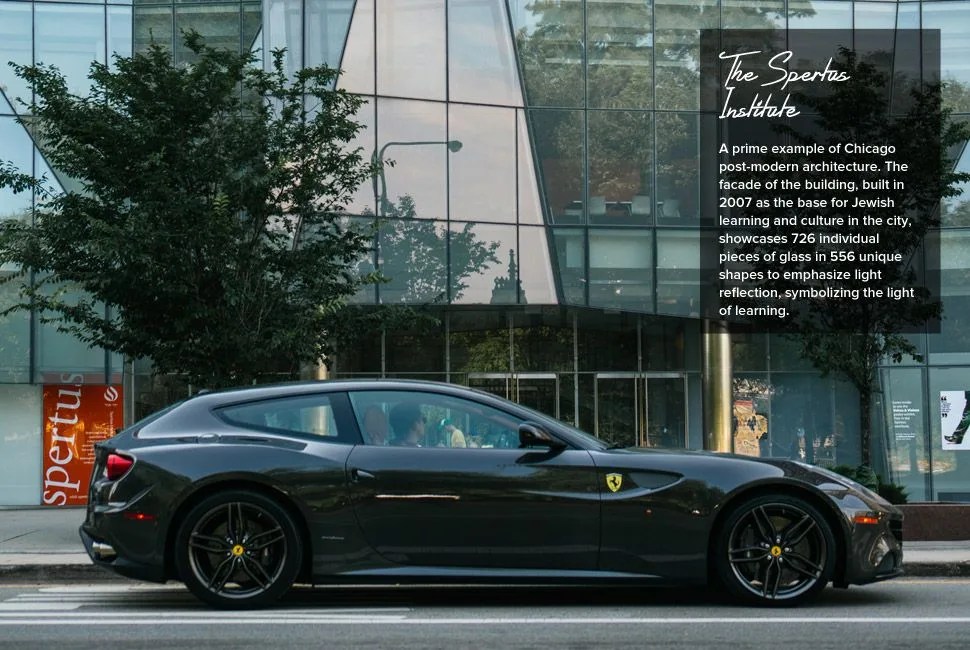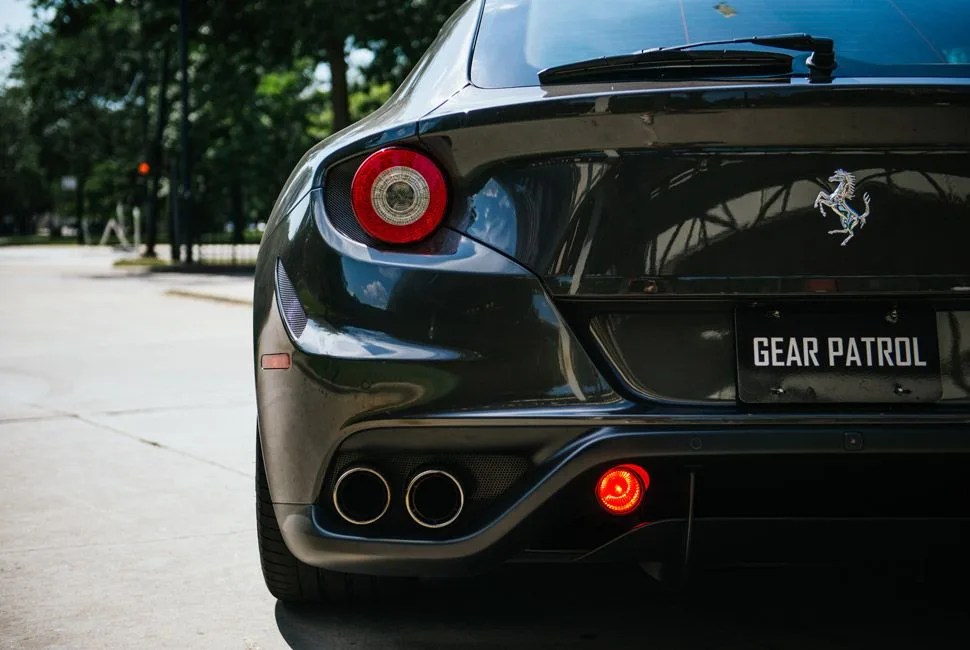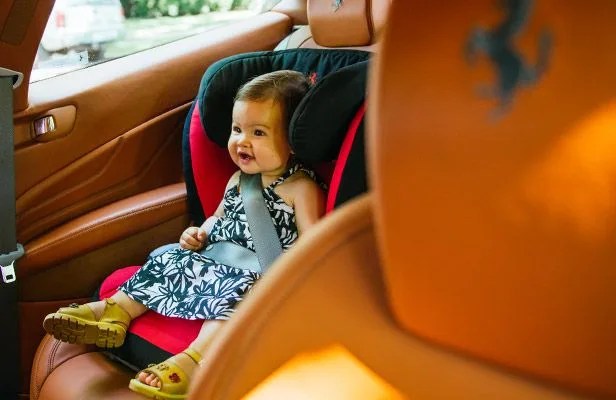16 photos
It’s a well-known fact that the mellifluous sound of a Ferrari V12 is ultimate bellow of the vehicular gods. The engine’s aurals are like a cross between the guttural roar of a big cat, a few doses of well-placed thunder and a chorus of heavenly angels. Since the now-famous Ferrari V12 first showed up in the Italian automaker’s first roadgoing car, the 1947 125 S, some form of 12-cylinder Ferrari engine (V12 or Flat-12) has been under the hood in no fewer than forty cars over the past seventy years. One of Ferrari’s most recent offerings, the Ferrari FF ($300,000+), makes use of the V12 staple, albeit in its most powerful form ever in a roadgoing car — but the FF also makes a noticeable departure from Ferrari Grand Tourers of the past through polarizing style, all-wheel-drive, practical (yes, practical) seating for four and enough cargo room to hit the road for more than a day. What they’ve done with the FF is everything a driver could want and more than one would ever imagine. The FF takes longstanding and illustrious convention, stands it on its head and kicks it through the uprights.
MORE SUPERCAR SPEED: Track Day: 2013 Mercedes-Benz SLS AMG GT | Bull & Bravado: Driving the Lamborghini Aventador | Behind The Wheel: Audi R8 V10 Spyder
Grand touring is never something to be taken lightly in the auto industry, and that much less so with Ferrari. For Maranello to depart from decades of tradition to opt for a two-door, all-wheel-drive station wagon is risky, to say the least. All of Ferrari’s GT cars have been long-bonnet two-door beasts with a 2+2 configuration. The FF, however, resembles a longer and wider version of the cult-beloved first generation BMW M Coupe; it looks like a squatting angry frog with big rear haunches. It could be argued that it’s more like the world’s most powerful two-door station wagon than it is a grand tourer. For some context, take a look at its predecessor, the easy-to-forget 612 Scaglietti. That car was hugely capable both in comfort and performance, but it didn’t quite demand attention the way the FF does — and yet the FF has serious presence without the prominent style of the Ferrari redheads so popular in videos and movies.
It’s less the professional athlete’s sports car and more the sleek powerhouse for the affluent family man. It’s the vehicular equivalent of Darth Vader’s Tie Fighter, if you will.
Not only is it unlike a traditional grand touring car, it’s also unlike any Ferrari, ever. Despite its still-significant presence, the FF is far more under the radar than the 458, the F12 or the LaFerrari, especially in stealthy Canna di Fucile (charcoal gray). It’s less the professional athlete’s high-profile sports car and more like the sleek powerhouse for the affluent family man. It’s the vehicular equivalent of Darth Vader’s TIE Fighter, if you will. The FF’s fascia is prominent but sleek, with an elegant egg crate grille and large tapering LED headlights. A head-on view provides the familiar Ferrari design aesthetic, but change your angle just a bit and the long body becomes apparent, showcasing a capacious greenhouse that doesn’t taper but rather ends abruptly in hatchback form. The family-friendly setup of the FF cannot be understated. Two adults can fit comfortably in the cosseting rear seats for long periods of time, and mounting booster or baby seats is as easy as any family sedan we’ve come across. The Scaglietti did the same thing but didn’t boast the fold-down rear seats or the space afforded by the hatchback.
The Ferrari from Family Man
